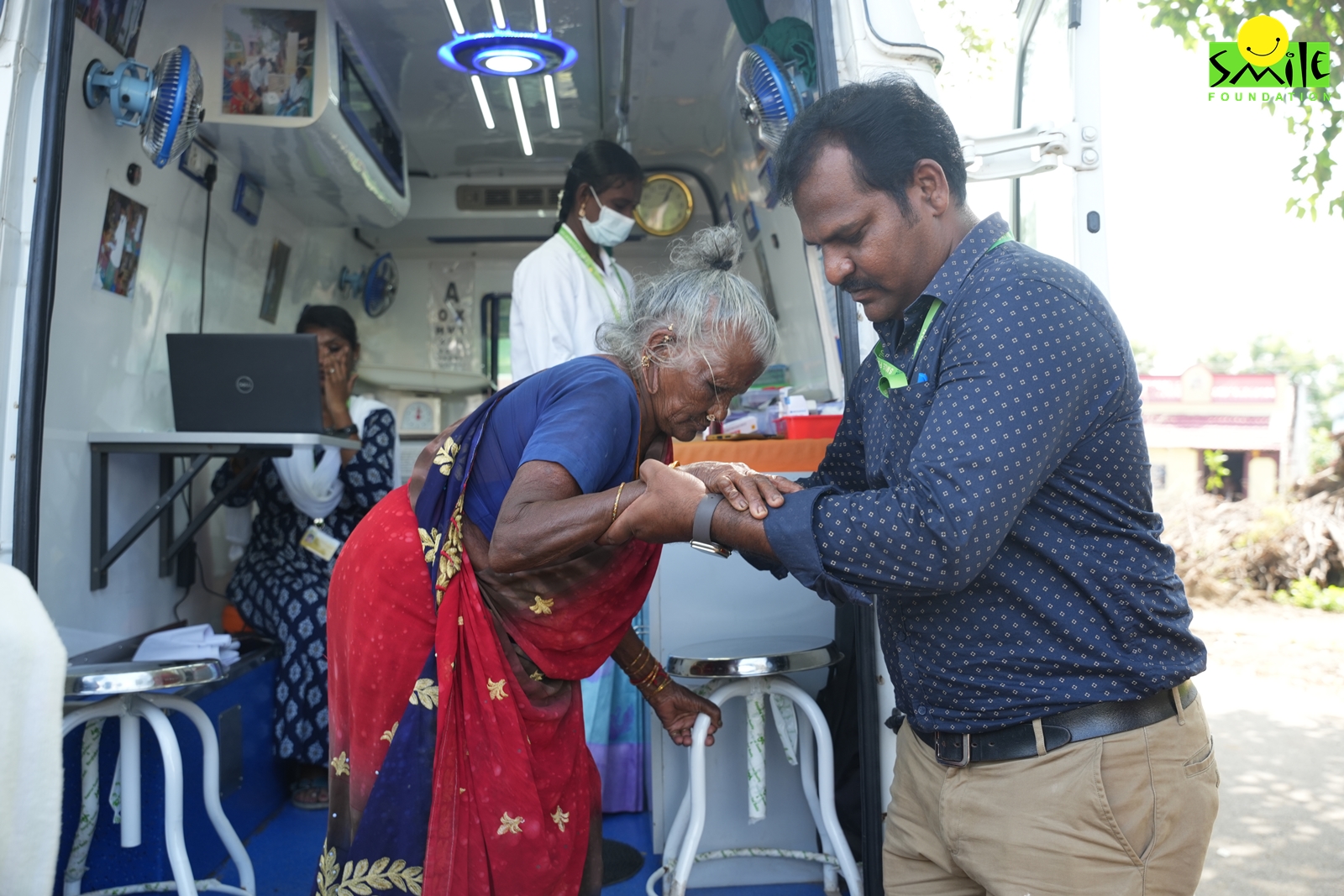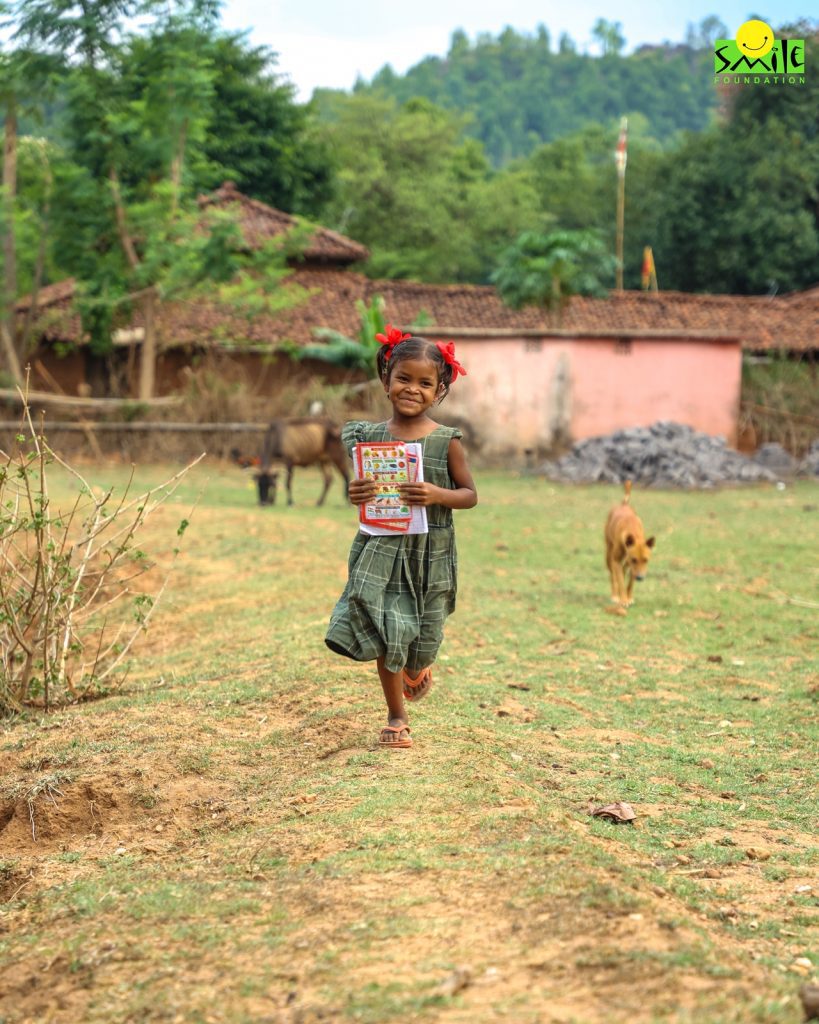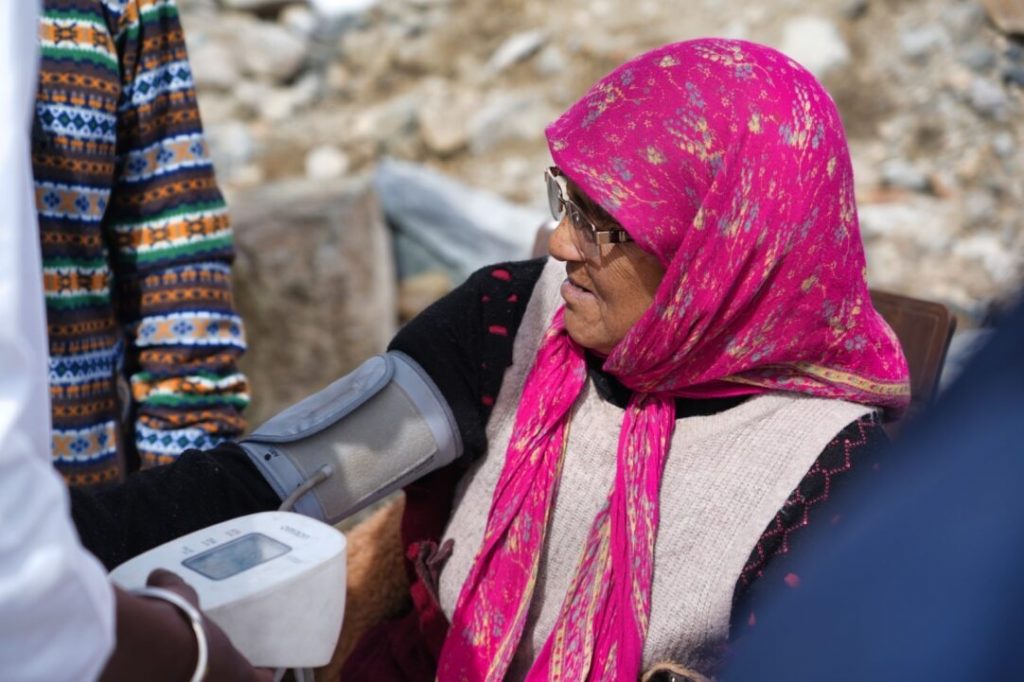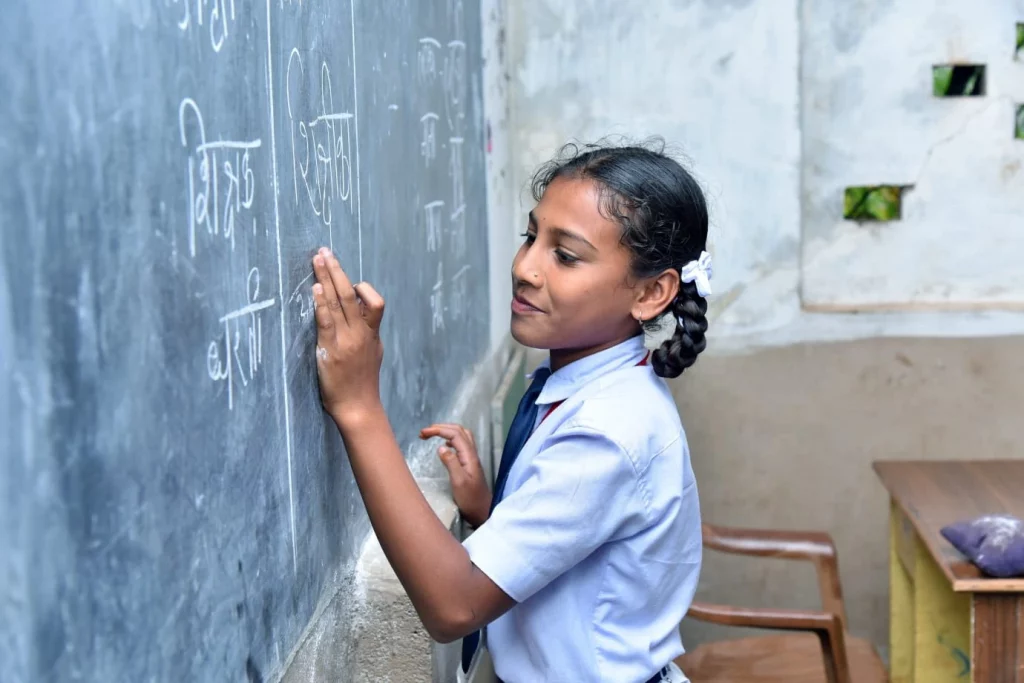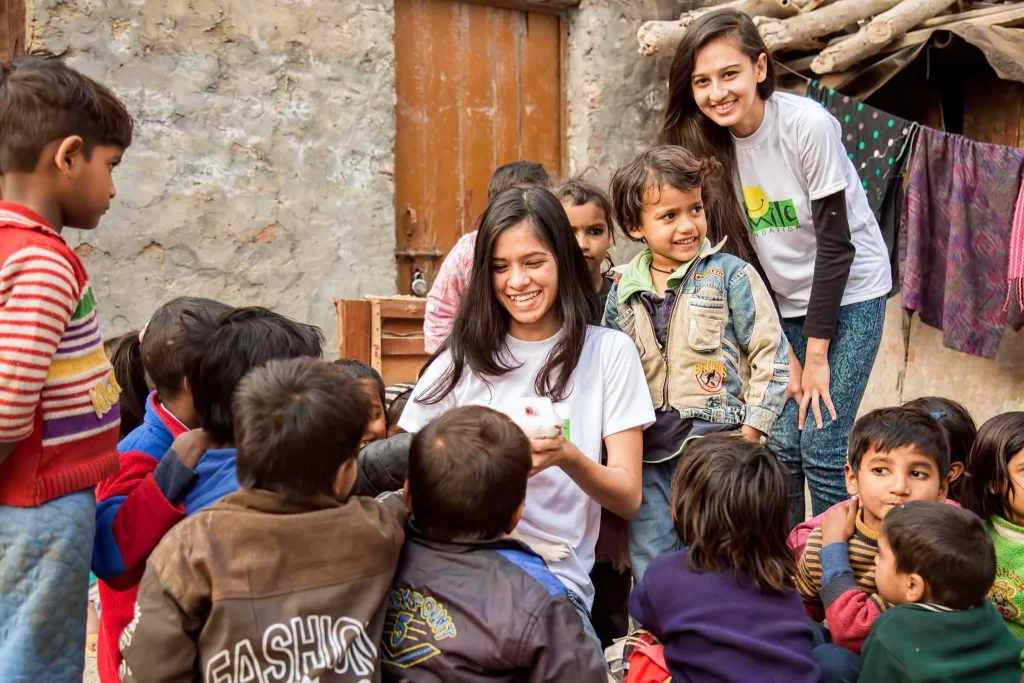By 2050, one-fifth of the Indian population will be over the age of 60, says The Women and Men in India Report 2023 published by the Ministry of Statistics and Programme Implementation (MoSPI). The findings of the report says that the Indian population is ageing rapidly due to a declining fertility rate and expanding life expectancy. This silver surge, naturally, will have a huge impact on the fabric of Indian society as well as the economy of the country. Are we, as a nation, equipped to handle it? Or, more importantly, can we seize the impending challenges into opportunities?
India’s greying population
Another report by real estate firm CBRE South Asia Pvt Ltd, ‘Gold Opportunities from the Silver Economy – Analysing the Future of Senior Care in India’ reveals that by 2050, India will accommodate up to 17% of the global elderly population.
The spike in growth of the grey population is also corroborated by Andrea Wojnar, Representative, UNFPA India and Country Director Bhutan, who wrote in a leading publication that the current elderly population of 153 million (aged 60 and above) is expected to reach a staggering 347 million by 2050. This demographic shift is more than a statistic is a societal transformation of unparalleled magnitude with far-reaching implications, adding that the United Nations Decade of Healthy Ageing (2021-2030) recognises the far-reaching impact of ageing to encompass not just health systems but labour and financial markets, social protection, and education among other facets.
Challenges that come with the silver surge
India will have to deal with a range of social, economic, and healthcare challenges as the silver population increases. As people age, they often develop chronic conditions such as arthritis, heart disease, diabetes, hypertension, and cognitive disorders like dementia and Alzheimer’s disease. This means that there will be an increased demand for specialized healthcare services, medical facilities, and healthcare professionals.
At present, the healthcare system is not equipped to address the unique needs of the elderly, including preventive care, rehabilitation, and palliative care, especially as there is a shortage of healthcare professionals who specialise in geriatrics.
“After 60, many people suffer from diseases, which I categorise as A (arthritis, acidity, Alzheimers), B (blood pressure), C (cancer, cerebrovascular accidents, cardiovascular instances, coronary artery disease), D (diabetes, depressive, dementia) and E (elevated cholesterol and epilepsy),” says Dr A V Srinivasan, Emeritus Professor, Tamil Nadu Dr. M.G.R. Medical University and former head and professor of neurology, Madras Medical College.
“We have to look at the elderly from three angles – food, general health and availability of hospitals, and their source of income,” he says. “In states such as Tamil Nadu, the hospital service is very good, but the problem is how to get them to the hospitals.”
People living in rural areas often do not have access to medical facilities and healthcare professionals. This impacts senior citizens more when you take into account the distance they need to navigate to reach a healthcare facility, the cost of treatment and lack of specialized services.
There is also a lack of long-term care services for the elderly, such as nursing homes, rehabilitation centres, and home care options. Many elderly individuals rely on informal caregiving, often by family members, which can place a significant burden on caregivers, which in turn impacts the country’s economy. “Many middle-aged people are juggling their own families, work and caregiving, which is physically tiring and financially challenging,” says Sumitha Rao, who is sole caregiver to her 89-year-old mother. “This impacts the economy of the country as it’s difficult for caregivers to work full-time.”
The way forward
“The concentration needs to be on geriatric care. Hospitals need to have dedicated geriatric wards that are fully equipped. There should also be geriatric hospitals at the district level. If there are no geriatric hospitals, the elderly will need to go and wait for proper care in government general hospitals that are already overburdened,” says Dr Srinivasan, adding that the central and state governments need to also ensure that investigations for the elderly are done free of cost. “This will help identify diseases such as high blood pressure and diabetes at an early stage. Medicine should also be made available at a cheaper rate,” he says.
The Government of India has launched several initiatives such The National Programme for the Health Care for the Elderly (NPHCE), which aims to provide dedicated healthcare facilities to senior citizens, and the Indira Gandhi National Old Age Pension Scheme, which provides a monthly pension to senior citizens living below poverty line. Recently, the government also announced its plans to expand Ayushman Bharat-Pradhan Mantri Jan Arogya Yojana to cover treatments for diseases commonly seen among senior citizens, such as Alzheimer’s, dementia, heart failure and cancer. According to a report in The Times of India, a committee of medical experts is developing new health packages to address these key issues.
Cashing in on the silver economy
However, as the ageing population grows, there is a corresponding growth in the ‘silver economy’, ie, the economic activities, products, and services that are designed to meet the needs of seniors. The elderly are not just recipients of care; there is also an economic potential. According to a report, India’s silver economy is valued at approximately $7 billion. The silver economy is expected to grow, with the Confederation of Indian Industry and BCG projecting that it will control assets worth $1.5 trillion by 2030.
That’s why we need to view ageing through another lens and view the elderly as people who can drive economic growth. This can be done by creating new markets around senior care, assistive technologies, and age-friendly services.
And it is already happening in India, with new initiatives and businesses coming up that cater to the needs of the elderly, whether it is launching senior living facilities or coming up with devices and/or aids that help make the elderly more comfortable.
In Chennai, for instance, Jayashree KP and her husband Prithviraj run Old is Gold, a store for senior citizens that has two branches in the city. “It was started to help make the elderly more comfortable. Our personal experience with my mother-in-law highlighted the need for such an initiative. She was a very active elderly woman who lost her eyesight due to glaucoma and she became inactive and bedridden for the last 10 years of her life,” says Jayashree, adding that keeping her comfortable was a challenge. “It made us think of the number of people who must be facing similar challenges.”
The stores sell everything that inactive and active seniors would need – patient cots, walking sticks, commode and shower chairs, varieties of wheelchairs and rollators etc.
“In the 10 years since we launched, we have seen a rise in awareness about the needs of the elderly and the products available. It makes caregivers’ lives also more comfortable,” she says, adding that the silver economy will boom in the future. “The lifespans have increased but to improve the quality of life of seniors, you will need products that will help them lead independent, comfortable lives. It’s a big market and more players will come in.”
Helping hands
However, the government alone cannot fully resolve the issue. Philanthropic organisations and CSR initiatives can also play a huge role in helping to deal with the silver surge and bridging gaps when necessary.
For instance, Smile Foundation’s healthcare intervention provides primary healthcare facilities at the doorsteps of the underserved communities in rural areas and urban slums. The aim is to reach the vulnerable population who cannot afford basic healthcare facilities.
To make dental treatment affordable and accessible and to address the gaps existing in dental healthcare at the community level, Smile Foundation joined hands with GlaxoSmithKline Asia Private Limited (now Haleon). The dental health units have been providing diagnostic as well as curative services through roster based OPDs. They organize regular Information, Education and Communication (IEC) activities to enhance health seeking behaviour.
The Foundation has also been working in Indalawadi village in Anekal block on the border of Tamil Nadu and Karnataka, which has faced numerous challenges in accessing healthcare services. The village has 1,230 residents, the majority of whom are farmers and daily wage workers with limited financial resources. The high transportation costs required to travel to Anekal Government Hospital posed a substantial obstacle for the community in accessing crucial healthcare services. Consequently, many villagers were unable to seek timely medical attention, exacerbating their health issues.
Smile on Wheels (SoW), a mobile healthcare service, brings medical facilities directly to underserved communities, addressing the healthcare gap. It has provided thousands of consultations, catering to the diverse healthcare needs of the villagers. During these consultations, many patients were diagnosed with hypertension and diabetes mellitus II, requiring regular check-ups and medication. SoW has played a crucial role in monitoring their blood pressure and sugar levels, ensuring that these patients receive the necessary care and support. It has improved the lives of many people, such as Munni Debi, a resident of a remote village in Gaya, Bihar. The 75-year-old, who lives alone, suffers from arthritis. SoW, who visits her village twice a month brings her relief not just from her physical pain but from her loneliness as the staff listens to her stories, smiles with her, and makes her feel she matters.

